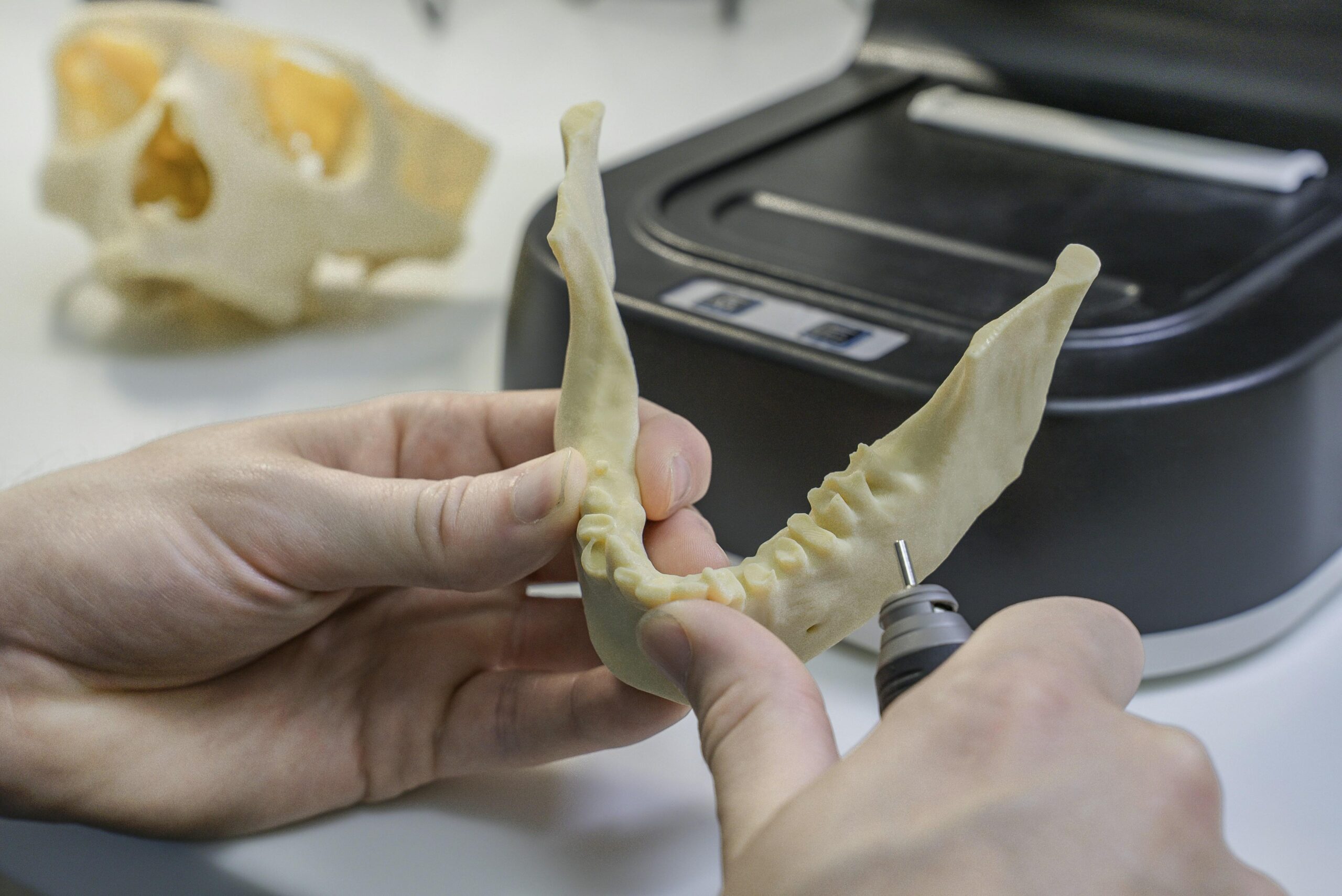Imagine a world where the clues to solving a crime aren’t just fingerprints or surveillance footage but something far more surprising—teeth. Yes, those seemingly ordinary pearly whites hold secrets that can unlock the truth behind some of the most baffling mysteries. Welcome to the fascinating realm of forensic odontology, where dental records, bite marks, and even the tiniest enamel chips become powerful evidence in the pursuit of justice. In this blog post, we’re diving into how forensic experts turn our smiles into vital tools for uncovering crime stories you never knew teeth could tell. Curious? Let’s sink our teeth into it!
Table of Contents
- The Hidden Story Behind Every Tooth in Crime Scenes
- Decoding Bite Marks The Silent Witnesses of Violence
- Unlocking Identification Secrets Through Dental Records
- Tips for Aspiring Forensic Odontologists Diving Into Tooth-Based Investigations
- To Conclude
The Hidden Story Behind Every Tooth in Crime Scenes
Every tooth found at a crime scene holds secrets that can turn the tide of an investigation. The enamel, dentin, and unique patterns of wear and tear act as natural barcodes, allowing forensic odontologists to piece together identities and timelines where other clues fail. From bite marks embedded in a victim’s skin to the dental remains of unidentified bodies, teeth serve as resilient witnesses that withstand time, fire, and decay. These silent storytellers reveal not only who someone is but sometimes how they lived and even died.
What makes teeth invaluable in forensic science? It’s their unmatched durability and individual characteristics. Some of the key insights gained through forensic odontology include:
- Personal identification: Matching dental records to unknown victims.
- Bite mark analysis: Linking suspects to crime scenes through distinct bite patterns.
- Age estimation: Determining the age of both victims and perpetrators.
- Trauma assessment: Understanding violence through fractures and manipulations in teeth.
Each of these elements transforms teeth from simple anatomical features into indispensable key players in unraveling mysteries that might otherwise remain unsolved.
Decoding Bite Marks The Silent Witnesses of Violence
Bite marks hold a unique place in forensic investigations, serving as silent witnesses that can link a suspect to a crime or even exonerate the wrongly accused. Unlike fingerprints or DNA, these marks are created by the distinctive patterns of an individual’s teeth, making them highly individualized. Forensic odontologists meticulously examine these patterns by comparing the shape, size, and alignment of teeth with the bite mark evidence found on a victim or object. With subtle variations such as chips, gaps, and wear revealing an undeniable signature, these impressions become crucial clues in piecing together the puzzle of a criminal act.
The process of decoding bite marks involves more than just eyeing the patterns; it leverages advanced techniques like photographic analysis, 3D imaging, and computer-assisted overlays to ensure accuracy and objectivity. In many cases, bite mark evidence helps:
- Establish the nature and sequence of an attack
- Corroborate testimonies or contradict false alibis
- Assist in victim identification when other means are limited
- Trace the involvement of multiple perpetrators based on differing dental profiles
As these silent imprints surface quietly at crime scenes, they amplify the voice of truth, offering undeniable evidence that turns the tide in forensic mysteries.
Unlocking Identification Secrets Through Dental Records
When the usual methods of identifying a person fall short, forensic experts turn to the steadfast nature of dental evidence. Teeth, resistant to decay and trauma, often survive circumstances that obliterate other identifiers. By meticulously examining dental structures, restorations, and unique wear patterns, forensic odontologists can piece together a person’s identity with remarkable accuracy. Each set of dental records acts like a personal blueprint—containing not just the shape and size of teeth but nuances such as fillings, crowns, and even orthodontic work which act as distinctive markers in solving mysteries.
The process involves comparing postmortem dental findings with antemortem records, a practice that has repeatedly cracked cold cases and clarified ambiguous identities. Some factors that make dental records invaluable include:
- Durability: Teeth and dental materials endure extreme conditions such as fire, decomposition, and water exposure.
- Uniqueness: No two sets of teeth or dental treatments are exactly alike, providing a fingerprint-like reliability.
- Comprehensive documentation: Dental charting, X-rays, and casts compile a thorough profile accessible for comparison.
Tips for Aspiring Forensic Odontologists Diving Into Tooth-Based Investigations
Embarking on a journey into forensic odontology means embracing a unique blend of science and detective work. To truly excel, it’s essential to nurture a meticulous eye for detail—each tooth can tell a distinct story, from subtle wear patterns to microscopic fractures. Aspiring experts should immerse themselves in continuous learning, exploring advances in dental imaging technologies and bite mark analysis. Networking with seasoned forensic professionals and attending specialized workshops can broaden perspectives and sharpen investigative instincts.
Practical experience is invaluable, so consider volunteering or interning with forensic departments to gain firsthand exposure. Cultivating strong communication skills is just as crucial; translating complex dental findings into clear, compelling courtroom testimony requires confidence and clarity. Here are some quick tips to keep in mind:
- Stay curious: Every case is a puzzle—approach it with enthusiasm and patience.
- Document rigorously: Precise records can be the linchpin in legal outcomes.
- Collaborate often: Forensic odontology thrives at the intersection of multiple disciplines.
- Embrace technology: Digital tools are transforming identification techniques daily.
To Conclude
As we peel back the layers of a crime scene, it’s fascinating to realize that sometimes the smallest details—like a single tooth or bite mark—can unlock the most puzzling mysteries. Forensic odontology offers a unique glimpse into stories that might otherwise remain untold, bridging the gap between science and justice. So next time you flash a smile, remember: those pearly whites might just hold secrets waiting to be uncovered. Stay curious, and keep exploring the incredible ways science helps us solve the unsolvable!












